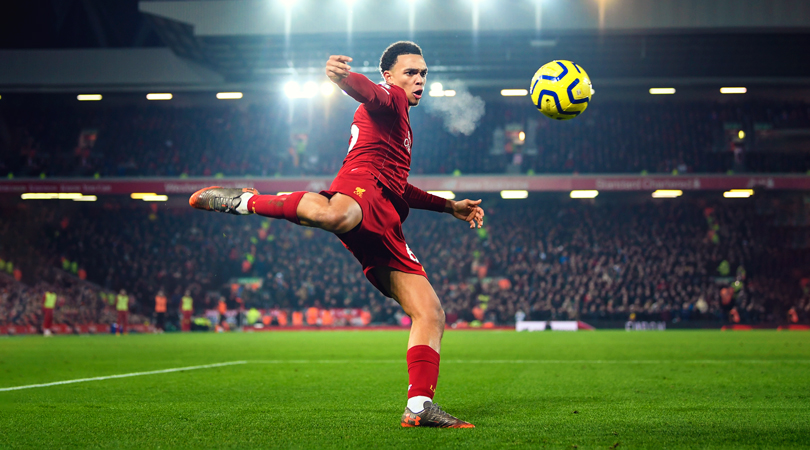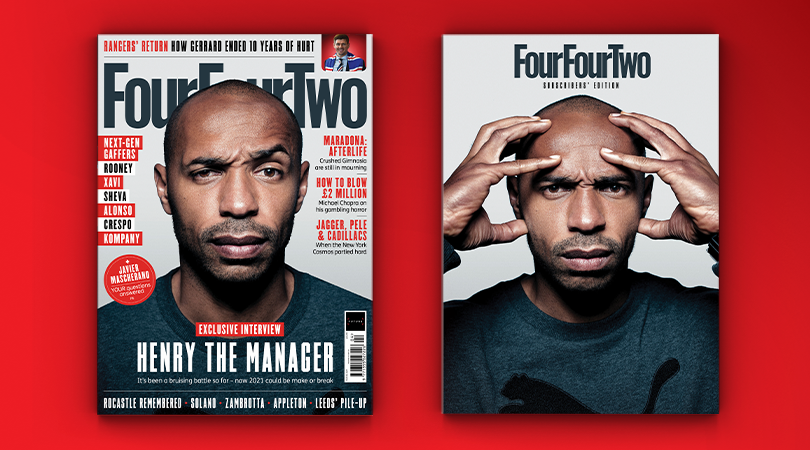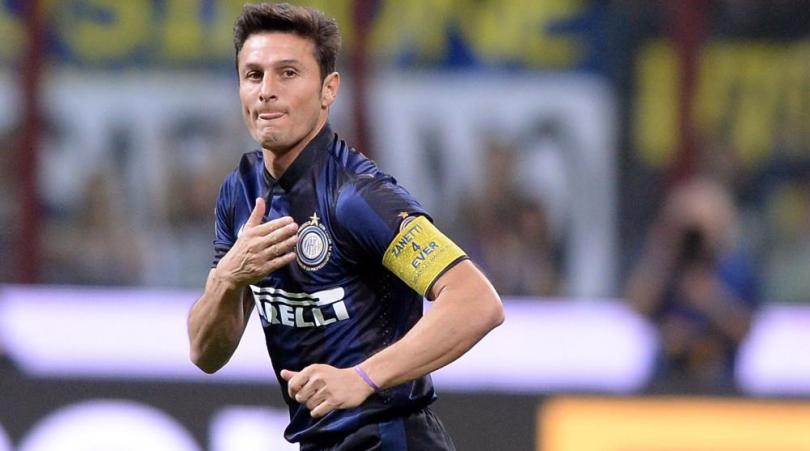The right-back revolution: How did such an unfashionable position become key for England's Euro 2020 squad?
"No one grew up wanting to be Gary Neville", famously - but this new generation of English right-backs are influenced by forward-thinking footballers and will play a key role for England at Euro 2020

Right-back was once perhaps the most unfashionable position on the pitch – reserved for those who were too slow to be a winger, too small to be a centre-back and too technically limited to be a central midfielder. It was where solid, if resolutely unremarkable, players found a home. But that well-established stereotype feels less relevant than ever before, especially as England prepare for Euro 2020.
Recent years have seen a decisive shift in the perception of full-backs and their importance. They often have plenty of time and space on the ball and it’s vital to make that advantage count. They’re charged with initiating attacks, breaking forward at pace and delivering crosses into the box with consistent quality. In most teams, it’s no longer enough to hold your position and clip the ball hopefully down the line.
Football has changed a lot in the last 30 years and full-backs have been at the forefront of this transformation. The game is played at a much higher pace and intensity. Formations are more dynamic and fluid. Positions are increasingly less specialised. These changes have been reflected in the way that all players operate, but full-backs have felt them particularly keenly.
Rapid transitions from defence to attack, and back again, have become the norm. Whereas full-backs were typically regarded as almost entirely defensive players, they are now a vital attacking weapon. They are key to the fluidity of modern football and longstanding truisms are being challenged as a result.

IN THE MAG Thierry Henry exclusive! Plus Rangers, Rocastle, Mascherano, Maradona, Chopra, Appleton and more
Although he played on the left, Ashley Cole helped to reinvent the role for English audiences and inspire a new generation. He was the epitome of a progressive full-back, someone equally adept at starting attacks as stopping them. With his rapid pace, sharp passing and snappy tackling, his success with Arsenal and Chelsea showed what the future would look like.
The national team is now reaping the rewards of that, albeit primarily down the right side. England currently have an abundance of options available to them, with even more on the way. In addition to Trent Alexander-Arnold, who is arguably leading the role’s next evolution, Kieran Trippier, Kyle Walker, Aaron Wan-Bissaka and Reece James could all stake a decent claim to be in the squad.
Beyond the leading contenders at the biggest clubs, there are several others worth considering – James Justin, Tariq Lamptey, Max Aarons and Kyle Walker-Peters chief amongst them. It’s an area of undoubted strength for the England team, with energy, pace and attacking intent in great supply. Liberated from strictly defensive duties, right-back can be a fun and pivotal role to play.
Get FourFourTwo Newsletter
The best features, fun and footballing quizzes, straight to your inbox every week.
Looked at in a more global context, Dani Alves was a pioneering figure in this regard. Still going strong for Sao Paulo at 37, he’s one of the most decorated footballers of all time. The swashbuckling Brazilian first made his name in Europe as part of a cleverly constructed Sevilla side before becoming a mainstay of Pep Guardiola’s all-conquering Barcelona.
This no-look Dani Alves assist is just filthy 🤭🤤 pic.twitter.com/RFz5VBoAiUMay 6, 2020
Unlike the conservative right-backs of old, Alves would fly down the wing at every opportunity. He was a constant outlet for the visionary passes of Xavi and Andres Iniesta but also had a well-honed understanding with Lionel Messi. The two often combined superbly, playing rapid one-twos that would disorientate defenders and create openings. Alves set new and almost impossibly high standards for an attacking full-back, which have yet to be surpassed.
Many of England’s current crop will have grown up watching Alves and his influence is clear to see. The emphasis of the right-back role has decisively shifted in recent times and players like Alexander-Arnold have learned from that. The Liverpool defender has admitted that he modelled his game on Alves and Philipp Lahm, who both used their intelligence, awareness and technical ability to play centrally later on in their careers.
Many observers have suggested that Alexander-Arnold should also move into midfield one day, where he can see more of the ball and put his superb range of passing to good use. There’s a certain logic to the argument but it’s based on the outdated notion that full-back can’t be a primarily creative role in its own right. With their wealth of assists for Liverpool over the last couple of years, Andrew Robertson and Alexander-Arnold have eagerly contested that idea.
For youngsters first taking up football, playing right-back will never carry the same cachet as being a striker or attacking midfielder but it’s not seen as a last resort anymore either. Far from it. The role has evolved almost beyond recognition and England have already started profiting from that development.
Subscribe to FourFourTwo today and save up to 58% - get a quarterly FFT sub for only £12.25.
NOW READ
EUROPE 12 teams who salvaged their season by winning the Europa League
SHEFFIELD UNITED 10 more Premier League teams who suffered second season syndrome
ARSENAL Is blunder-prone Granit Xhaka partly a product of Arsenal's environment under Mikel Arteta?

Sean Cole is a freelance journalist. He has written for FourFourTwo, BBC Sport and When Saturday Comes among others. A Birmingham City supporter and staunch Nikola Zigic advocate, he once scored a hat-trick at St. Andrew’s (in a half-time game). He also has far too many football shirts and spends far too much time reading the Wikipedia pages of obscure players.
